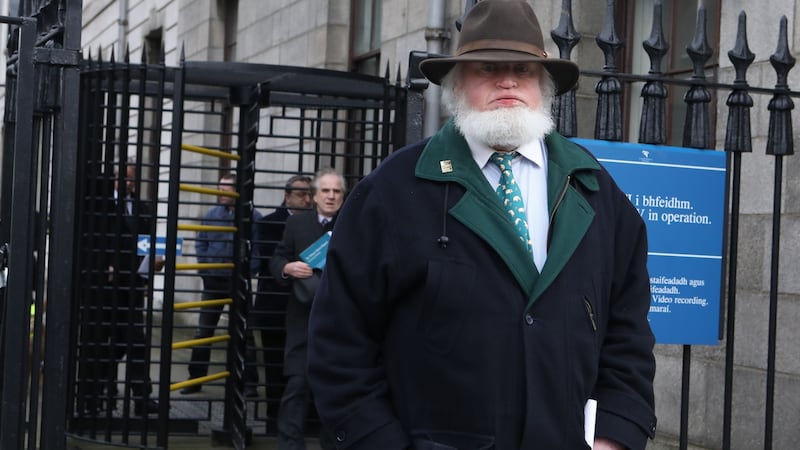The Court of Appeal has overturned a declaration that buildings and sites on and around Dublin’s Moore Street are a 1916 Rising battlefield site comprising a national monument.
The High Court had no jurisdiction under section 2 of the National Monuments Act to declare the buildings and site were a "national" monument because that was ultimately a "political and policy choice", the three-judge court ruled.
Mr Justice Gerard Hogan said such choices must be determined by either executive or legislative powers, which cannot appropriately be discharged by an unelected judiciary. While the courts could review decisions made under the Act, there was a "wide difference" between such reviews and a "free-standing" court declaration of a national monument.
He also set aside High Court orders restraining the demolition of buildings at 13,18 and 19 Moore Street.
Orders which had restrained the Minister proceeding with a proposed development of a commemorative centre at 14-17 Moore Street, where the 1916 leaders met for the final time and decided to surrender, were also set aside.
Those orders were discharged because the court found that if the Minister for Arts and Heritage has obtained appropriate consents under the National Monuments Act 1930 for works on, or to a national monument, he or she does not need to get planning permission for such works.
Buildings
The court, in two judgments, allowed appeals by the Minister and Dublin Central Limited Partnership – which bought some of the buildings and lands last year from another company Chartered Land – against findings of the High Court's Mr Justice Max Barrett on a challenge by Colm Moore, a nominee of the 1916 Relatives Association.
In his judgment of March 2016, Mr Justice Barrett made orders preventing works to certain buildings and locations after declaring they constitute a 1916 Rising battlefield site comprising a national monument.
In opposing the declaration and orders, the Minister argued it was adequate to protect only the terrace intended to house a 1916 Rising commemorative centre.
After the judgments, lawyers for the Minister said she would be seeking legal costs against Mr Moore. Costs issues will be decided later.
Irish history
Mr Justice Hogan, with whom Mr Justice George Birmingham and Mr Justice Michael Peart agreed, said the name of Moore Street resonated with anyone with even a passing interest in Irish history as it was there the seminal events of Easter Week 2016 came to a conclusion.
The core issue was whether the High Court has a jurisdiction to declare that certain buildings or sites amount to national monuments for the purposes of the 1930 Act.
He said the 1930 Act applied only to national monuments but was “quite unclear” on the “fundamental” question of who should determine what was to be a national monuments. The 1930 Act applied only if the preservation of the Moore Street battlefield site as a national monument was a matter of national importance.

He said the High Court had no free standing jurisdiction to decide that because that would effectively require the court to pronounce on a “purely political” question without the aid of any defined or established legal standards.
Mr Justice Hogan said while there was no doubt the 1916 Rising was a seminal event, views would differ whether this site, as opposed to other sites such as Parnell Street, where Patrick Pearse and Elizabeth O’Farrell met a British commander to surrender, should be regarded as a national monument.
The decision to preserve a national monument was “at its heart” a symbolic choice amounting to a statement by the State as to the versions of history, architecture and the arts we choose to venerate as part of our official narrative.










